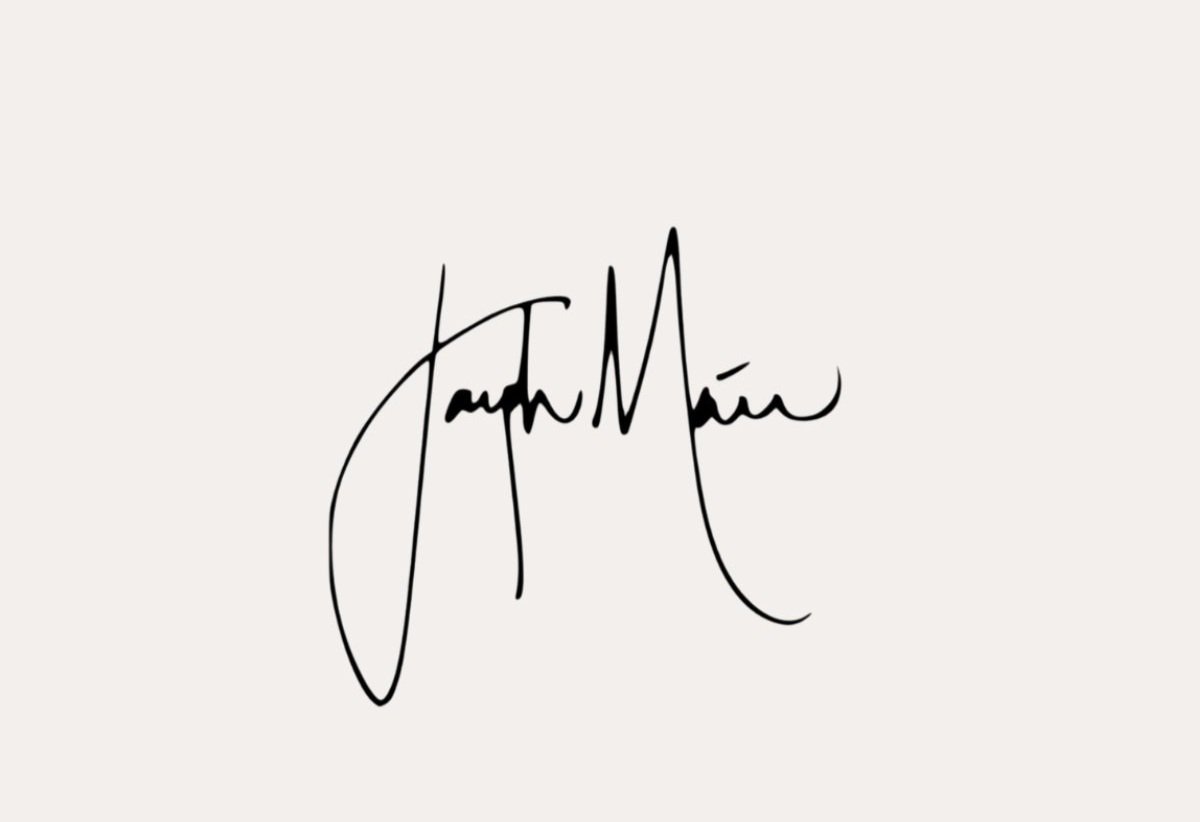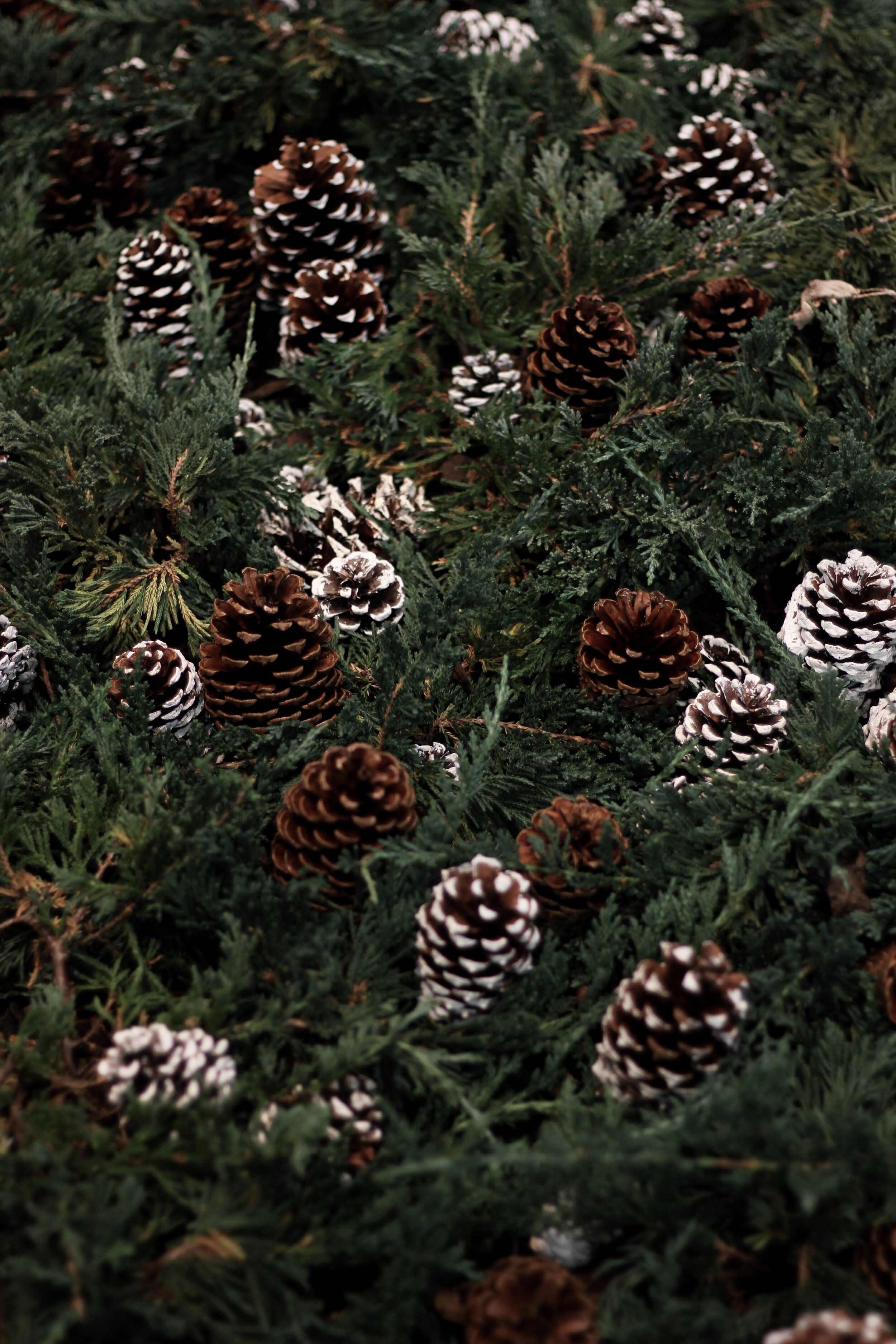The Very Best Greens for The Very Best Wreathes
Eucalyptus ‘Cinerea’ shown above. EUCALYPTUS is a wonderful foliage to use in wreathes, and depending on the variety it can act as either a Heart or Top note. Chunkier varieties eg. Cinerea are great as Heart notes, whislt more delicate varieties such as Gunni or Parvifolia make for a wonderful Top note.
A few weeks ago I shared a sweet How I Made It on the blog - featuring an autumnal Dahlia wreath, and since then, I’ve had a million questions regarding how you could take that same How I Made It, but switch up to create a festive winter wreath. Essentially, the mechanics of the project will remain the same - utilising the same copper base, the moss, and the binding material - however, selecting the right greens for the project is an essential part of the process.
I’m a firm believer that the trick to creating an excellent winter wreath is to include as much texture in the base as possible - but also to ensure they’re layered in the right way. I abhor flat, boring wreaths that are crafted solely from Spruce, Conifer or Yew - the kind we can commonly purchase on the flower markets. To take these simplest of foliage bases, and then to just add decorations is a real missed opportunity to add personality, fragrance and texture to your design. For best results, select three or more different foliages, ideally with contrasting forms, textures and hues, doing so creates a veritable smorgasbord of greens. I find that once I’ve put more work into creating a beautiful base, I’ll often use less decorative elements to cover the work I’ve just created.
Once you’ve considered which greens to use, we need to consider how to layer them within your wreath, and I like to keep in mind the tiered system used when creating fragrances - using three distinct categories of greens : Base notes, Heart notes, and Top notes. In any given wreath, I use base notes first, and arrange them deep within your wreath to provide a heavy, solid coverage - great for covering your moss bases. Next you’ll want some Heart notes to provide volume and interest to the work. Finally, add in some of the lighter, more delicate Top notes - these are best used last, atop your Base and Heart materials as these delicate materials are best used as a final touch to provide movement and whimsy - a light, final touch. When considering quantities of these three categories, visualise a pyramid, with Base on the bottom of the pyramid, followed by Heart, and then Top. We’ll need a lot of Base material to cover the moss, followed by some Heart material to give some volume and texture, and finally just a small amount of Top material to finish.
Whilst all of the above holds true, the key consideration isn’t solely the blend of textures, forms and hues - we must also consider the longevity of the material - as not every green is robust enough to hold up well through long, cold, wet winters. Picking the wrong foliages to include in your winter wreathes can cost you time, energy and money in unnecessary and frustrating replacements. In todays post, we dive into ten of my favourite winter greens, each suitable for wreath work, and learn how to use them for best results.
Disclaimer : As a final note, I’m aware that what constitutes ‘winter greens’ does differ in availability from country to country, and the suitability of each material will differ from location to location also - what is suitable for use in Atlanta will not necessarily work in London. This list is offered as a starting point, but by all means please do adapt it to suit your location, suitability and availability. Let’s dive in!
BASE FOLIAGES
Yew
YEW (Taxus baccata) : Is a great base foliage, as it’s soft fronds can act as a great coverage to a wreath base. Do bear in mind however that Yew is poisonous, and ingesting any part of the plant can prove fatal.
Spruce
SPRUCE aka Picea pungens. Spruce is my favourite go-to green to act as a base - it’s sturdy, reliable, and has a beautiful grey/blue tone, which can give a greater contrast to the many darker hues that often embody winter greens.
Cypress
CYPRESS is the common name given to many a variety of conifer, with many a different shape and hue. Cypress is a base foliage - great for coverage, and cheap as anything, but there are nicer foliages to take centre stage.
HEART FOLIAGES
Cedar
CEDAR (Cedrus) is a wonderful evergreen that I liken to a Heart note - it’s expensive, and has wonderful movement within its stems, so you don’t want to cover it up by using it too deeply within your designs.
Ilex
HOLLY (Ilex) is a beautiful Heart or middle note, providing both volume and form to your compositions. The berries pack a delicious punch, but if possible, do pick the non-spiked cultivars - your hands will thank you after your very first wreath.
Pine
PINE (Pinus) is another great Heart note - not ideal for neatly covering a base, and there are finer things to use as a Top note - but it’s a festive classic with a great scent, and it lasts incredibly well too.
TOP FOLIAGES
Ivy
IVY (Hedera) is one of my favourite Top notes - whether you’re working with thin, whippy vines that are best used to lace atop your design, or handfuls of their sumptuous black berries, do make sure they’re shown off to their best advantage.
Olive
OLIVE (Olea) is great, long lasting Top notes - its thin, delicate branches and precariously dangling fruits can add a beautiful movement and detail into wreath work. To use it up lower in your wreath, as a base or heart note, would be a waste of its charms.
Rosemary
ROSEMARY (Salvia rosmarinus) is a perennial, evergreen herb that has a truly sensational fragrance. Combining even a stem or too into the Top layer of a wreath is well worth your time - trust me.
Until next time, happy wreath making!
- Joseph
Ps - if you enjoy our new feature, why not sign up to our future Resources below - you’ll be the first to hear all about our future Resources, and as a thank you, we’ve created an exclusive Resource - The Flower Care Guide - packed with my top care and conditioning information, waiting for you too!


















